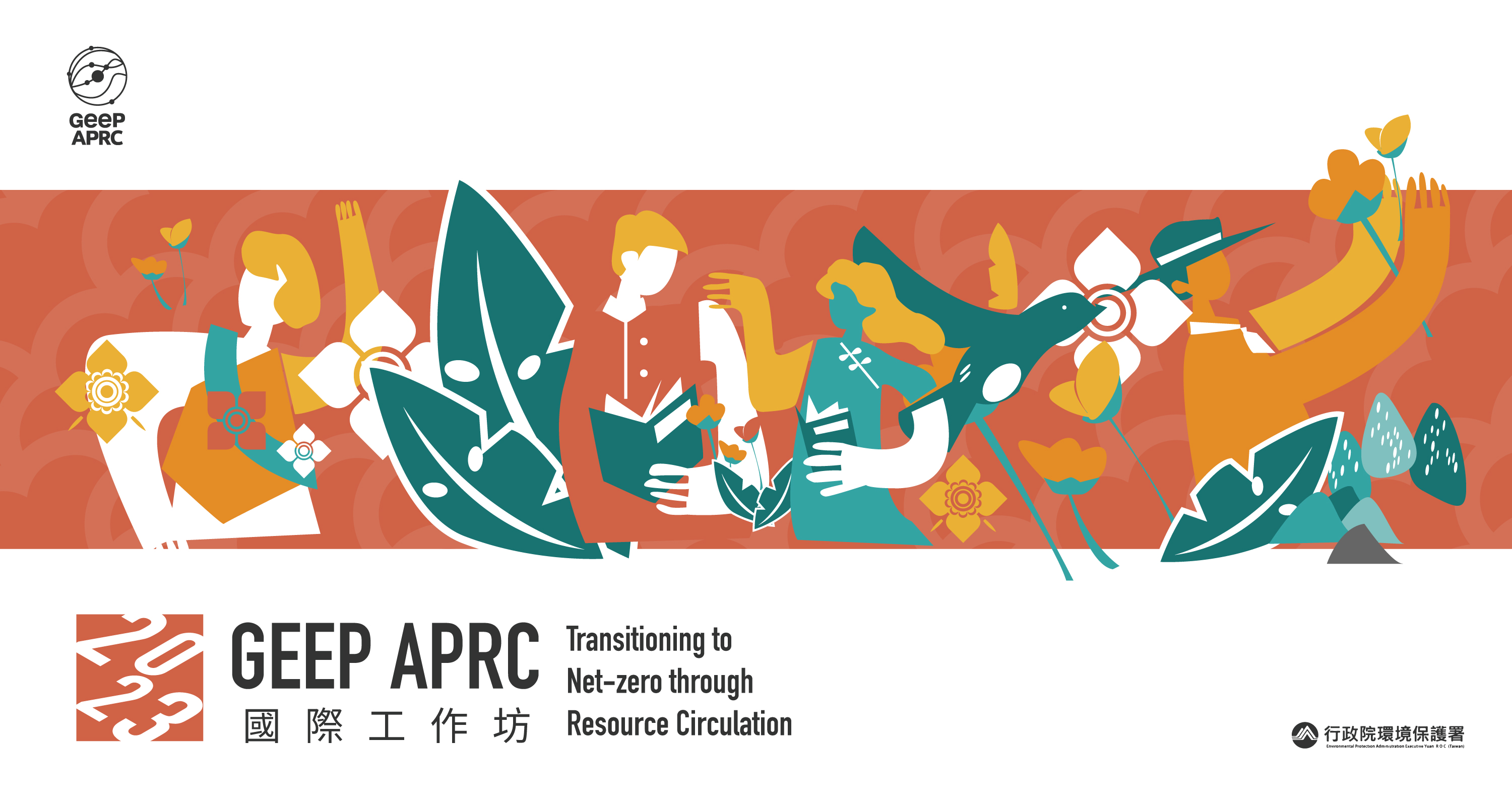
Assessment of Microplastics Contamination along the Stretch of Wang Chhu of Thimphu, Bhutan under Marine Plastics Abatement Program
Plastics, in particular the single-use plastics are cheap, portable and easy to manufacture and therefore, conventional benefits of plastic are undeniable. Only a tiny fraction of plastic waste is recycled and about 13 million tons of plastic leak into the environment and water bodies. It is reported that most plastic polluted rivers are in Asia. Freshwater bodies as a pathway of plastic pollution, particularly microplastics, have been least studied compared to marine system.
Therefore, this research studied the concentration of microplastics at the upstream location 1- Dechencholing and downstream location 2 -Babesa of the Wangchhu river flowing before and after Wastewater Treatment Plant (WWTPs) in Thimphu Municipality in Bhutan. Primary data was collected through water and sediment sample collections in May 2022, and the secondary data was generated through literature review. The study identified WWTPs as one of the potential sources of microplastic pollution in Wangchhu River. The downstream of Wangchhu River selected as sampling location 2 -Babesa validated abundant presence of microplastics compared to upstream of Wangchhu River, location 1-Dechencholing. The most dominant size of the microplastics were from the range of 600-1800 micrometer. Fibers and fragment shapes of microplastics were present ubiquitously in water and sediment samples, respectively. Yellow colour was found abundantly in both water and sediment samples. It is recommended to conduct in depth research on influent of waste water into the WWTPs to quantify the microplastics, compare with effluent quantity and type of plastics and its sources to improve the removal efficiency of WWTPs. On policy frontier, this study recommends to include microplastics as one of the water quality parameters to conserve freshwater bodies, aquatic and human health.
Currently, the Environmental Standards 2020 of Bhutan lacks microplastics in the parameters for any ambient water quality criteria, industrial effluent discharge standard and sewage treatment plant discharge standards. Other standards including Bhutan Drinking Water Quality Standard 2016 lacks to include microplastics in its parameters. Therefore, this is first study assessing microplastics contamination in freshwater river of Bhutan. Due to time limitation of allocated to conduct research for academic fulfilment of master in Marine Plastics Abatement, it is recommended to include seasonal variations to understand factors affecting the concentration of microplastics.
Keywords: plastics, microplastics, wastewater treatment plants, upstream, downstream, river, marine plastic pollutionBack to list

